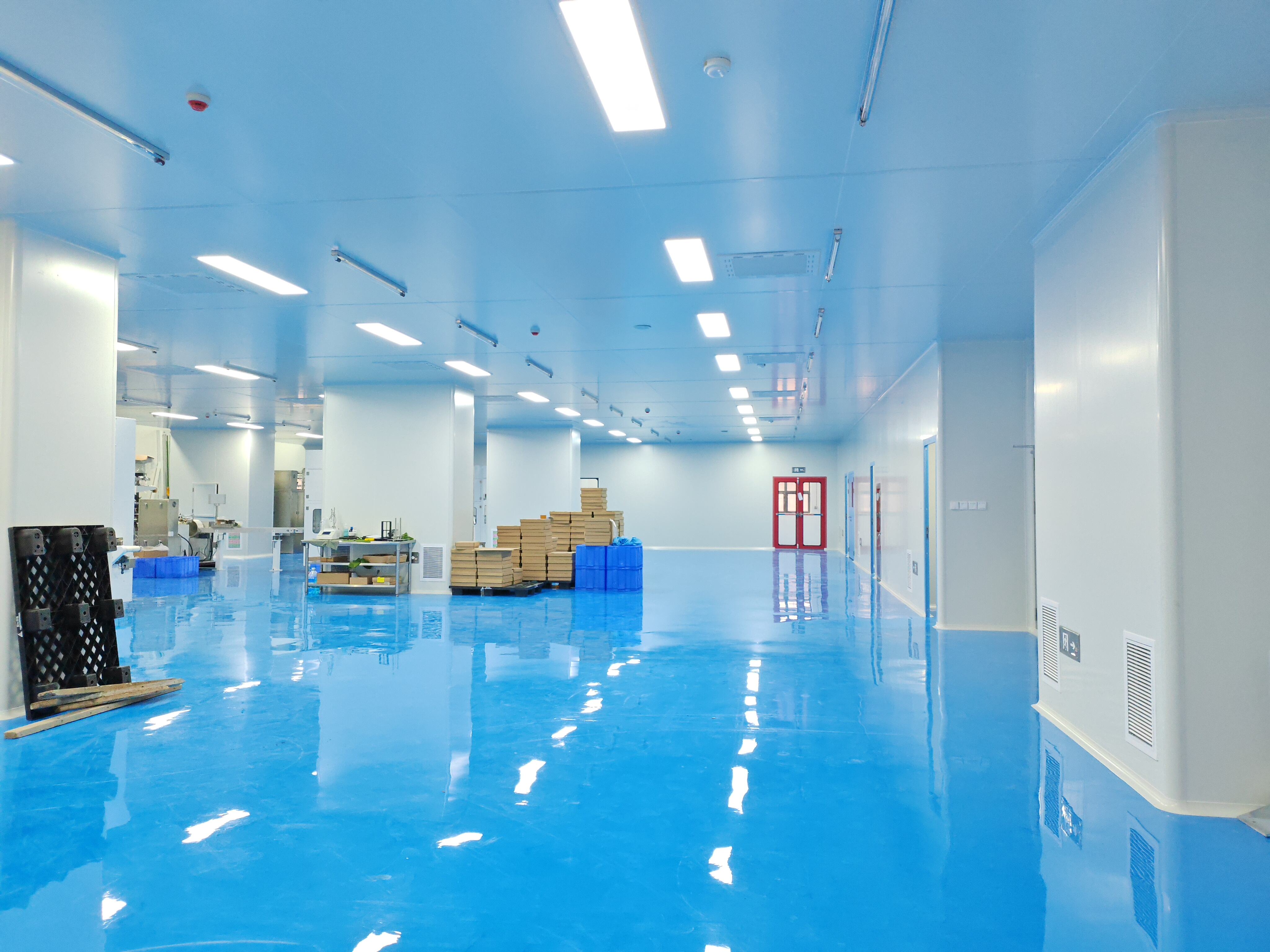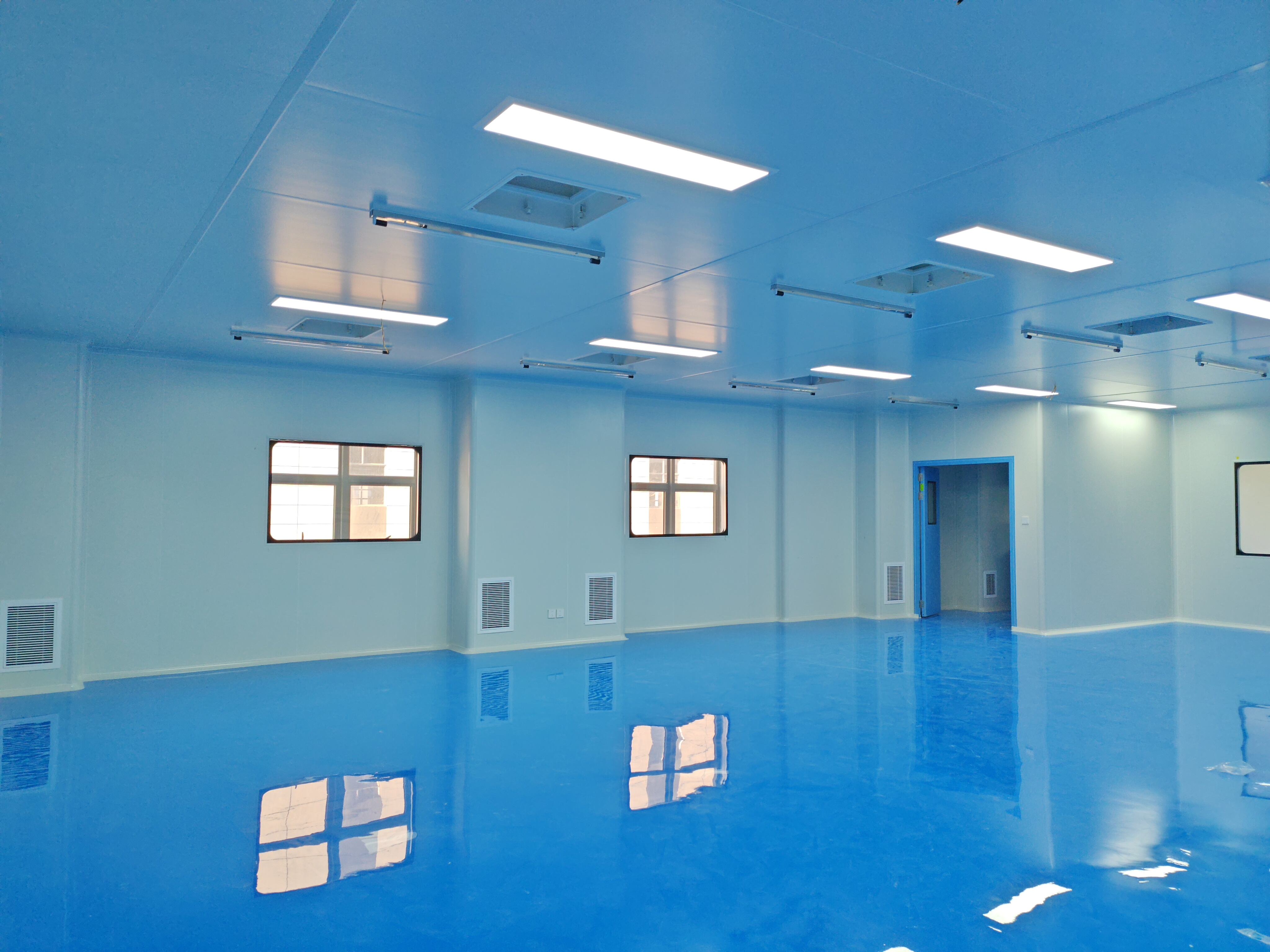Address
No. 8 Songmu East Road, Hongsha Industrial Park Community, Shishan,Nanhai,Foshan,Guangdong,China
Telephone:+86-18379778096
Time: 9.00am-4.00pm
No. 8 Songmu East Road, Hongsha Industrial Park Community, Shishan,Nanhai,Foshan,Guangdong,China +86-18379778096 [email protected]
The rapid advancement of science and technology makes it difficult to predict the state of the world by the end of this century. However, based on some already evident major trends, certain judgments can be made. Three key technological fields—semiconductor chips, pharmaceuticals, and biotechnology—along with their associated cleanroom technologies, face both opportunities and challenges.
At the 2001 Annual Conference of the China Association for Science and Technology, Professor Chen-Ning Yang pointed out three fields that would become the driving forces of technological development—the three major strategic directions for the next 30 to 40 years:
The widespread application of chips in almost everything, from buildings and homes to cars, the human body, factories, and stores;
Rapid advancements in medicine and pharmaceuticals;
Bioengineering.
Chip production, one of the three strategic directions, requires a micro-environment provided by industrial cleanrooms in air cleanliness technology. Medicine, pharmaceuticals, and bioengineering require biological cleanrooms, with medicine and pharmaceuticals primarily needing general biological cleanrooms, and bioengineering mainly requiring biosafety cleanrooms. It is evident how closely clean building micro-environment technology is related to these three strategic directions, and today it faces new challenges from them.
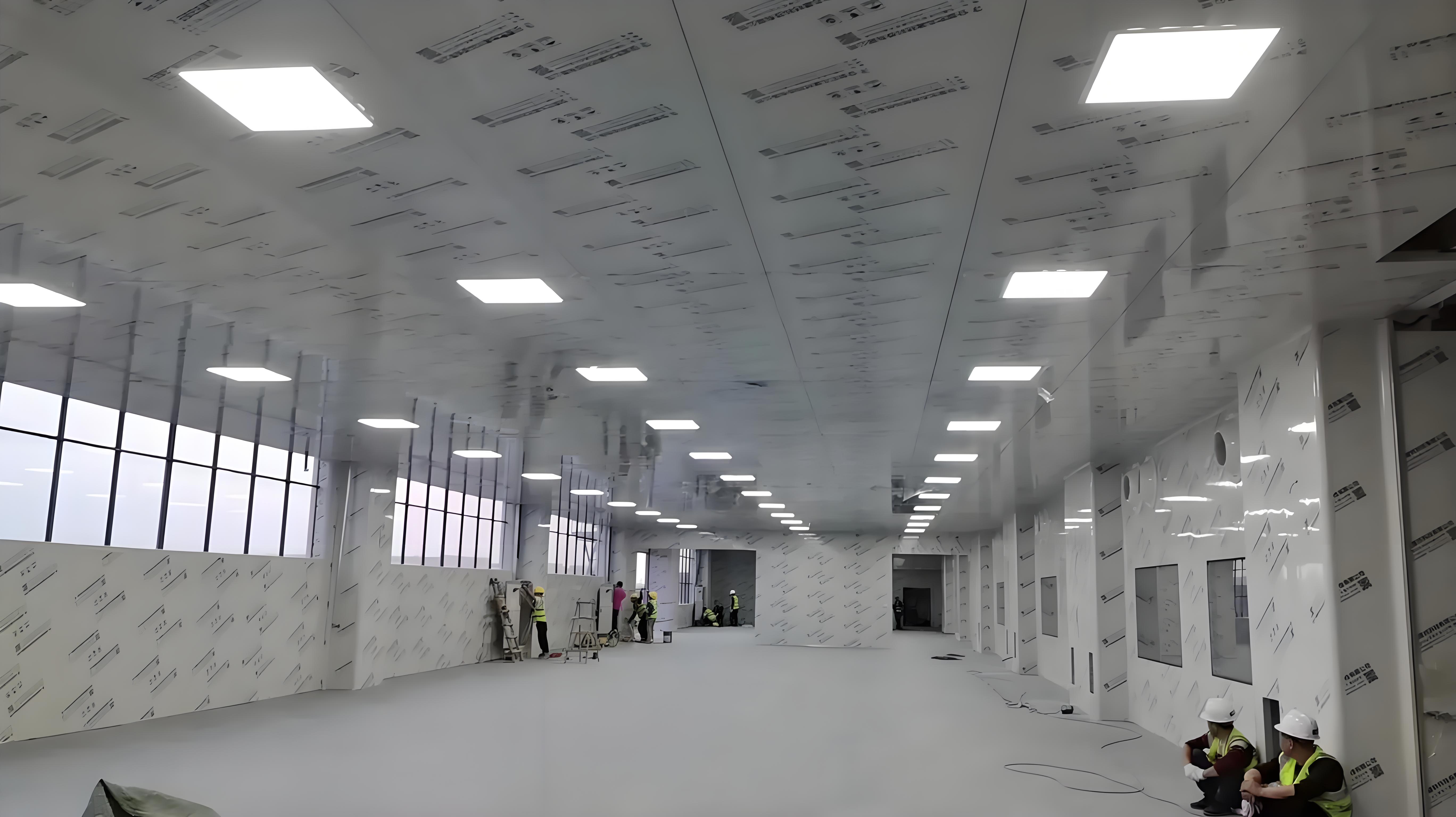
The development speed of semiconductor integrated circuit chips is likely unmatched by any other technology, with integration density roughly quadrupling every three years. Due to the rapid advancement of artificial intelligence, there is a global chip shortage, leading to reduced automobile production due to a lack of automotive chips. Today, 2nm precision chips are already a goal for manufacturers, and the production of chip integrated circuits requires even stricter control over environmental particle sizes. Undoubtedly, the electronics industry continues to dominate the requirements for cleanrooms.
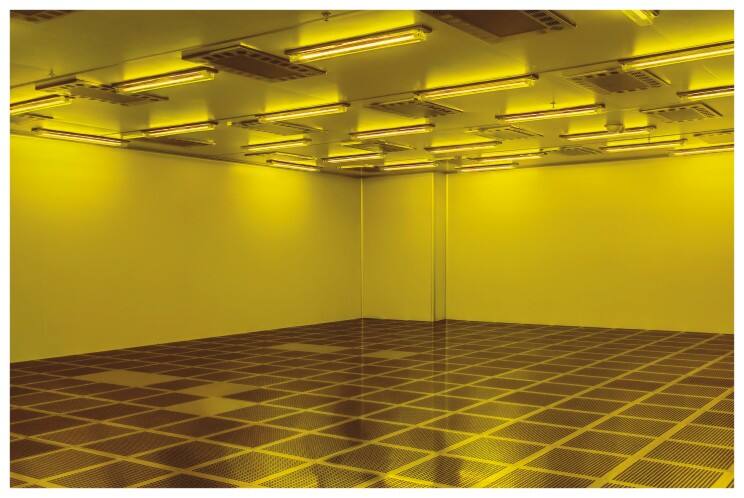

Medicine and pharmaceuticals are closely related to public safety and health. The first application of a biological cleanroom in medicine was a clean operating room built in the United States in January 1966. A clean operating room replaces traditional disinfection methods, such as ultraviolet light, with air cleanliness technology to enable full-process pollution control. In such environments, infection rates can be reduced by over 90%, significantly reducing or eliminating the need for antibiotics, which can harm patients. For example, from 1989 to 1990, Shanghai Changzheng Hospital performed 9,337 Class I surgeries in clean operating rooms without a single infection. Similarly, from 1995 to 1996, Beijing 301 Hospital reported zero infections in 16,427 Class I surgeries. According to a 2012 article in the journal Tumor, the incidence of leukemia in China was 5.17 per 100,000, with a mortality rate of 3.94 per 100,000. Consequently, the treatment of leukemia and the development of biological cleanrooms for such treatments have gained increasing attention in China.
While the understanding of building clean operating rooms and Class 100 blood wards initially came from international experiences and the observations of medical staff working abroad, the recognition that entire hospital buildings require air cleanliness has largely stemmed from domestic experiences. After 2003, one of the most critical reflections has been that, in hospital construction, builders and designers often focused solely on the "building" while neglecting "air quality." Some medical staff prioritized contact transmission over aerosol transmission of respiratory infections, even though the latter is more explosive, widespread, and requires lower infectious doses, making it more dangerous. For example:
Ingesting 100 million tularemia bacteria is required for infection, while inhaling only 10–50 can cause fever;
The median infectious dose for inhaled adenovirus is only half that of tissue culture;
For Q fever rickettsia, just one particle settling in the respiratory tract can cause infection;
Although Pseudomonas aeruginosa was once considered unlikely to transmit through the air, its detection in dust on burn ward ceilings and in the air has highlighted the risks of airborne transmission;
The aerosol transmission characteristics of the SARS virus have made people truly aware of the importance of air cleanliness technology in hospital buildings.
It can be said that hospital buildings without air cleanliness technology are outdated. Therefore, modern hospital building planning incorporating air cleanliness technology should include:
Operating Room Systems: Construction of clean operating rooms;
Ward Systems: Clean wards for leukemia, burns, asthma, and premature infant care;
Nursing Unit Systems: Intensive care units (ICU), organ transplant units, and cardiovascular care units;
Treatment Operation Systems: Interventional therapy rooms, leukemia treatment rooms, and autopsy rooms for infectious diseases;
Laboratory Systems: Special testing labs, clinical medical labs, PCR labs, and life science labs, with an emphasis on biosafety systems;
Instrument Room Systems: Rooms for precision instruments;
Isolation Room Systems: Negative-pressure isolation rooms for airborne diseases, observation rooms, and negative-pressure operating rooms;
Pharmacy Systems: Specialized medication preparation centers;
Clean Auxiliary Rooms: Sterile supply rooms and disposable item storage;
Non-Clean Auxiliary Rooms: Contaminated waste processing rooms and contaminated material corridors, requiring pollution control to prevent external transmission;
Semi-Clean Areas: Waiting rooms, treatment rooms, examination rooms, and diagnostic rooms using standard hospital air conditioning.
The challenges for cleanliness technology in pharmaceutical production are also unprecedented, particularly after the implementation of GMP. Currently, China enforces GMP (2010) (commonly known as Human Drug GMP) and the Veterinary Drug Production Quality Management (2020). Cleanrooms are now a fundamental requirement for pharmaceutical factories.
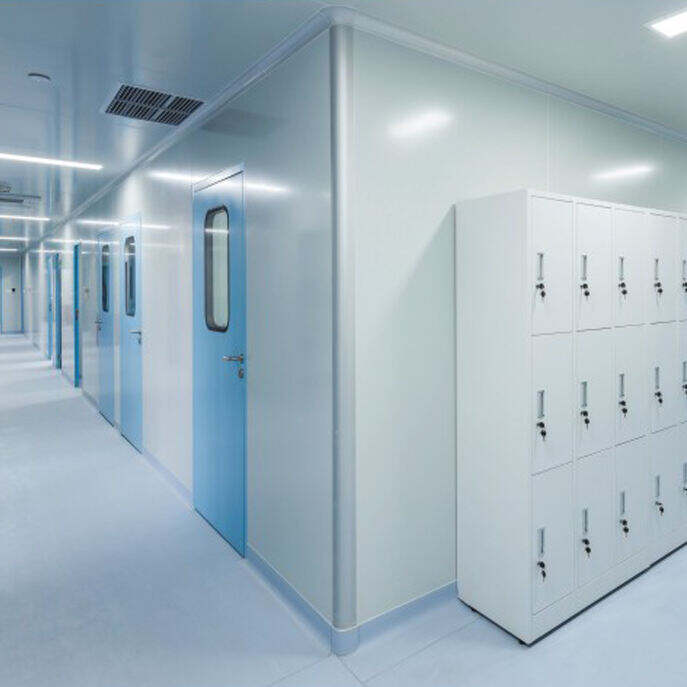
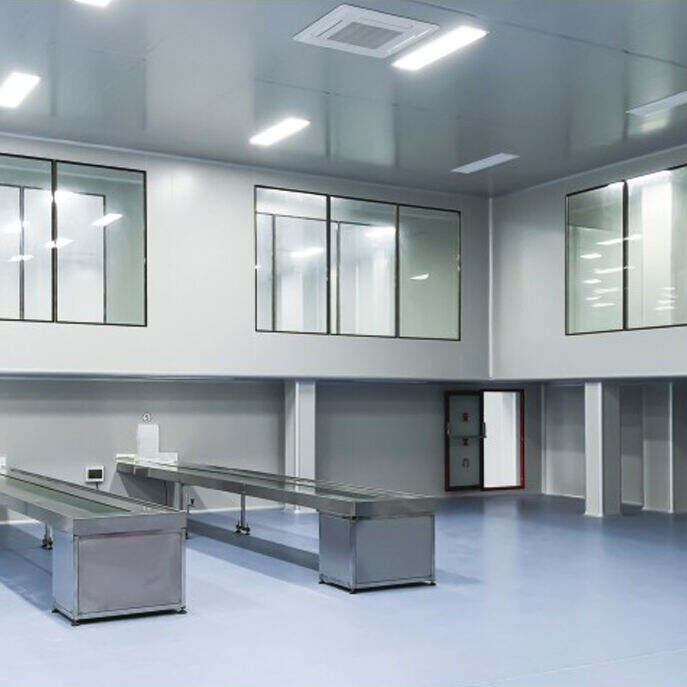
Genetic engineering is a critical part of bioengineering. Since the successful transfer of genetic material from a coccus to E. coli in 1973, recombinant genetic technology has developed rapidly. Given its immense potential, its growth in the new century is limitless. However, a significant portion of bioengineering involves potential risks, particularly the biological danger of spreading potentially unknown toxic microorganisms. The anthrax incident in the United States and the global SARS outbreak are examples of such serious biological hazards. These events A warning to everyone: this danger could affect everyone. For a country like ours with a large population and international trade, biosafety-compliant building microenvironments are essential for epidemic prevention, research on plant and animal species and products, and disease control. Under the influence of the novel coronavirus epidemic, the construction of biosafety cleanrooms (laboratories) in my country is experiencing unprecedented momentum. Research institutions, hospitals, vaccine manufacturers, inspection and quarantine agencies, animal and plant disease prevention and control agencies, and disease control centers at all levels are in urgent need of biosafety laboratories. According to incomplete statistics, the United States has 12 of the highest-level P4 laboratories, while my country has only two; there are over 1,500 P3 laboratories, while my country has approximately 80. In addition to genetic engineering, life sciences and certain breeding projects in agriculture and forestry also require clean environments.
Biological risks are classified internationally according to the National Institutes of Health (NIH) system, ranging from P1 to P4 (lowest to highest). Facilities handling biological materials at P3 and P4 levels must implement biosafety measures. After 1972, the U.S. shifted some facilities from biological weapons research to the National Cancer Institute (NCI) and established a special tumor virus research program to advance cancer research, with biosafety measures as a cornerstone. The Apollo program further developed biosafety concepts by testing astronauts returning from space for unknown microorganisms. To safeguard human health and develop vaccines, it is necessary to work with bacteria and viruses, especially those posing serious threats to humans and livestock. Research on severe and uncommon pathogens (including vector insects) must be conducted in biosafety cleanrooms (laboratories) with appropriate safety facilities.
Biological pharmaceuticals represent a new class of drugs manufactured using biological processes. These biologically active agents must be produced under sterile conditions, and since they often cannot be sterilized post-production, full-process micro-environment control is essential. A significant portion of these products also requires biosafety measures. These drugs are primarily used to treat major diseases such as cancer, cardiovascular and cerebrovascular diseases, AIDS, and genetic disorders, which are difficult to address with conventional methods. The global market for biological pharmaceuticals maintains an average annual growth rate of 12%. Over 70% of U.S. biotechnology companies and more than 50% of European ones are engaged in the research and development of medical biological products. Thus, in some respects, biotechnology’s direct impact on humanity in the 21st century may surpass that of chips, and its development is inseparable from pollution control and air cleanliness—the core functions of air cleanliness technology.
